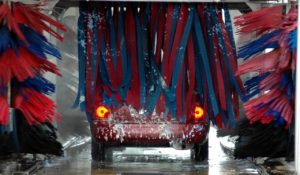 A five-year old rainwater harvesting system built for the city of Guelph, Ontario, Canada received an award for saving enough drinking water to fill four Olympic-sized swimming pools – by using captured rain for vehicle washdown.
A five-year old rainwater harvesting system built for the city of Guelph, Ontario, Canada received an award for saving enough drinking water to fill four Olympic-sized swimming pools – by using captured rain for vehicle washdown.
The Water’s Next national awards program honors the achievements and ideas of individuals and companies that successfully work to change water in Canada.
Award categories include:
Business Leader: Person in the private sector that has demonstrated significant leadership and innovation in the water sector.
Academic Leader: Person in the academic sector that has demonstrated significant leadership, innovation, and scientific excellence in the water sector.
Non-Government Leader: Person in the non-government sector that has demonstrated significant leadership, innovation, and influence in the water sector.
Government (includes municipalities, agencies, watershed authorities, and First Nations government) Person in the public sector that has demonstrated significant leadership, innovation, and influence in the public sector, towards the benefit of Canada’s water resources.
Young Professionals: Individual under the age of 30 working in the water sector who has demonstrated exemplary leadership, innovation, and growth potential.
An additional benefit of using rainwater to clean city buses is that the captured rainwater is softer than groundwater, therefore, less cleaning products are needed, which saves money for the city.
“We rely on a groundwater supply in Guelph, and we need to be smart about how we use water—at home, at work and at our City facilities,” said Emily Stahl, manager of technical services for the City’s Water Services department. “It makes sense to match the water supply provided with the use, and naturally soft rainwater is better for washing buses, and cars at home too.”
Click here to read more about Guelph’s water advocacy award.
RainBank designs and installs systems for potable and non-potable usage, including vehicle washdown, laundry and toilet facilities.
Contact us today to discuss a system for your home or business.

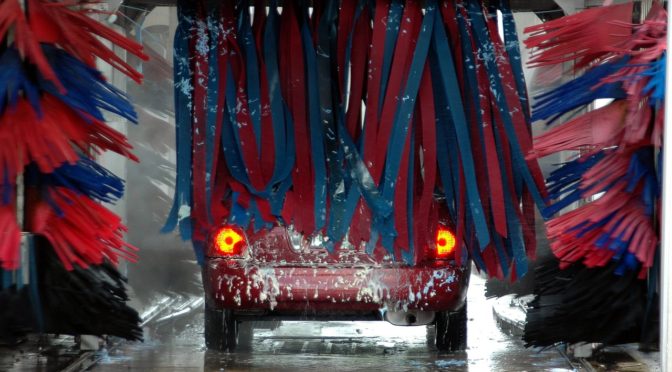
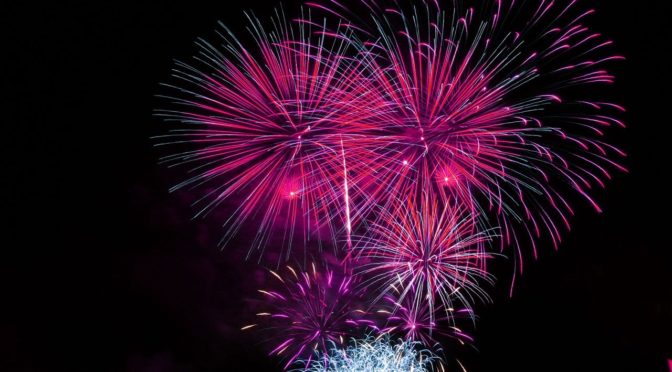
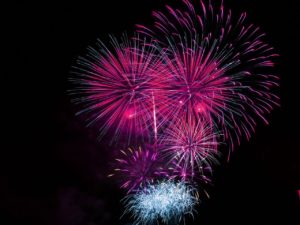
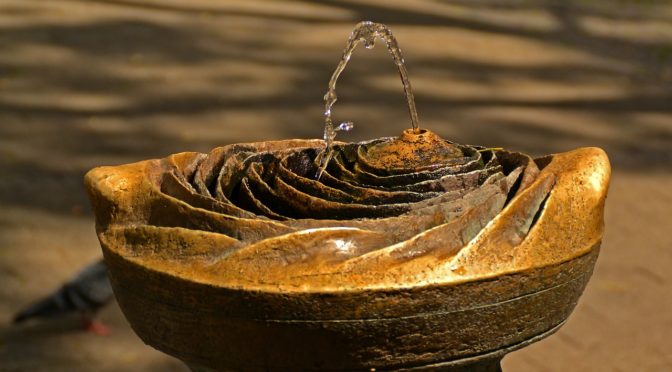
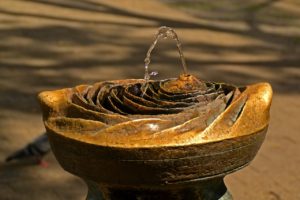 Trying to navigate the internet for information about rainwater collection can produce confusing results. You might find misleading or false information – or even outdated information, since this industry has changed considerably over the past few years as rainwater harvesting moves from niche to mainstream. Here is a list of 7 misconceptions about rainwater collection:
Trying to navigate the internet for information about rainwater collection can produce confusing results. You might find misleading or false information – or even outdated information, since this industry has changed considerably over the past few years as rainwater harvesting moves from niche to mainstream. Here is a list of 7 misconceptions about rainwater collection: